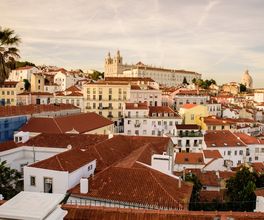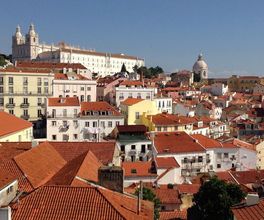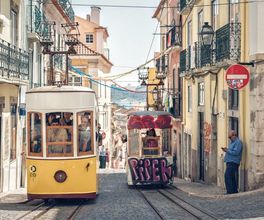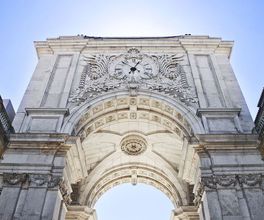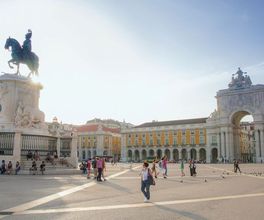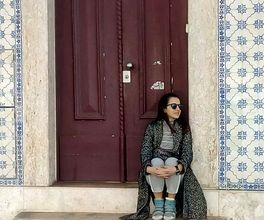




About this experience
Alfama is the heart of a 3000-year-old city. It's a blend of narrow streets, civilizations, and traditions. Phoenicians, Romans, Visigoths, and Moors once lived here. Lisbon was born in Alfama. The district miraculously survived the 1755 earthquake and has changed little since. I will guide you through the maze of alleyways and tell you many interesting stories - about azulejos, fado, architecture, and more.
What to Expect
Diverse Alfama and mystical alleyways
The quarter is famous for its charming narrow street mazes. We will stroll through them as I explain why they were designed this way and how to find your way through this picturesque tangle of lanes. Along the way, we'll talk about how the influences of different cultures - from Phoenicians to Romans and Moors - have shaped the district's appearance and local traditions.
Singing architecture and the cradle of fado
We'll pay special attention to the colorful azulejos - mosaic tiles that adorn building facades. You'll learn what these patterns symbolize and the stories they tell. And we'll definitely remember fado. I'll explain why Alfama became the cradle of this musical genre and how it, in turn, evolved into an integral part of Portuguese culture.
Panoramic views and literary roots
We'll walk from the banks of the Tagus to Saint George's Castle. We'll climb the hill, enjoy breathtaking views of the city and the river. You'll understand where artists, historians, and writers drew inspiration from when in Lisbon. We'll also not forget about the connection between Alfama and the great José Saramago, whose words have become not only a reflection of the past but also a guide to the future, where every stone and corner of the city come alive with their own stories: "In Lisbon, even the walls speak. They harbor secrets of the past and dreams of the future, telling their stories to those willing to listen."
